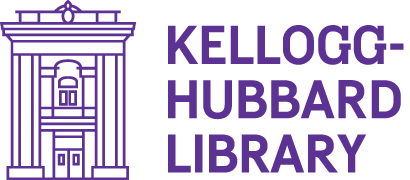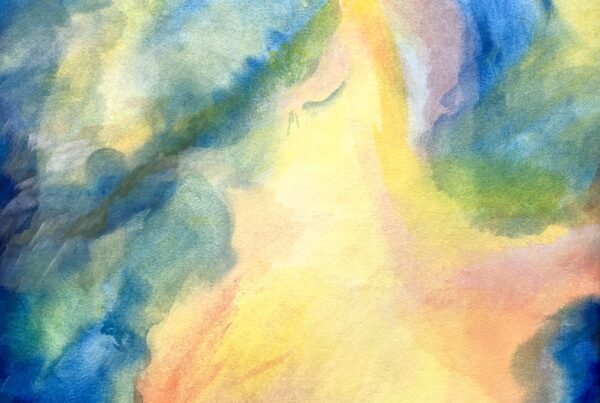The Library contains a small permanent art and sculpture collection, and hosts regular monthly exhibits by local artists in the Kitzmiller Fiction room and the Children’s Library.
Currently on Display
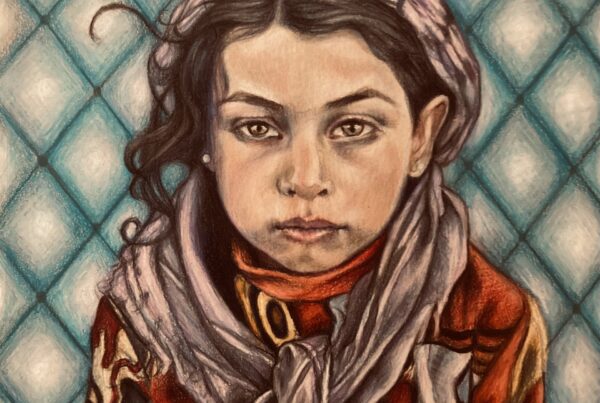
Our Art Collection
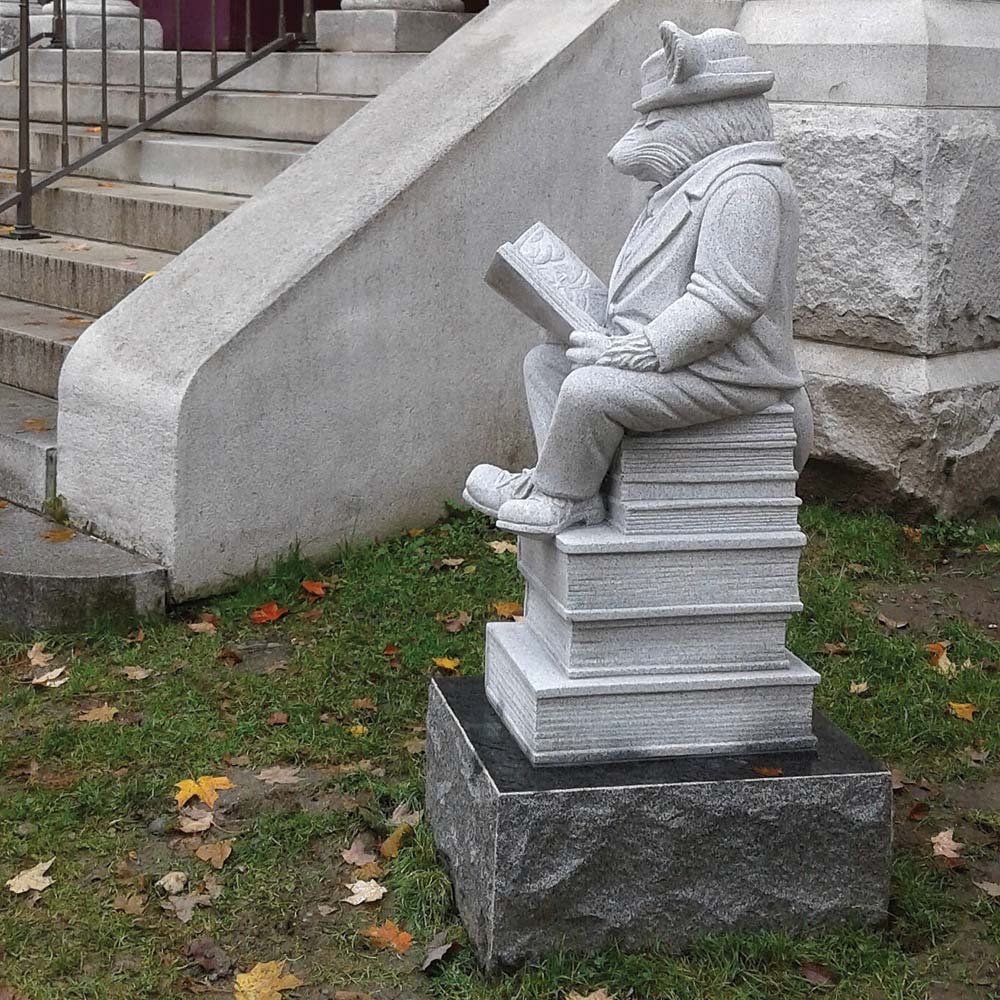
A Literary Mouse
We are proud to display a wonderful sculpture created in 2016 by Montpelier artist Ryan Mays.
Generously commissioned and donated by Jay and Barbara White, the sculpture makes for a beautiful addition to the Main Street entrance of the library.
Be sure to stop by and see it in person!
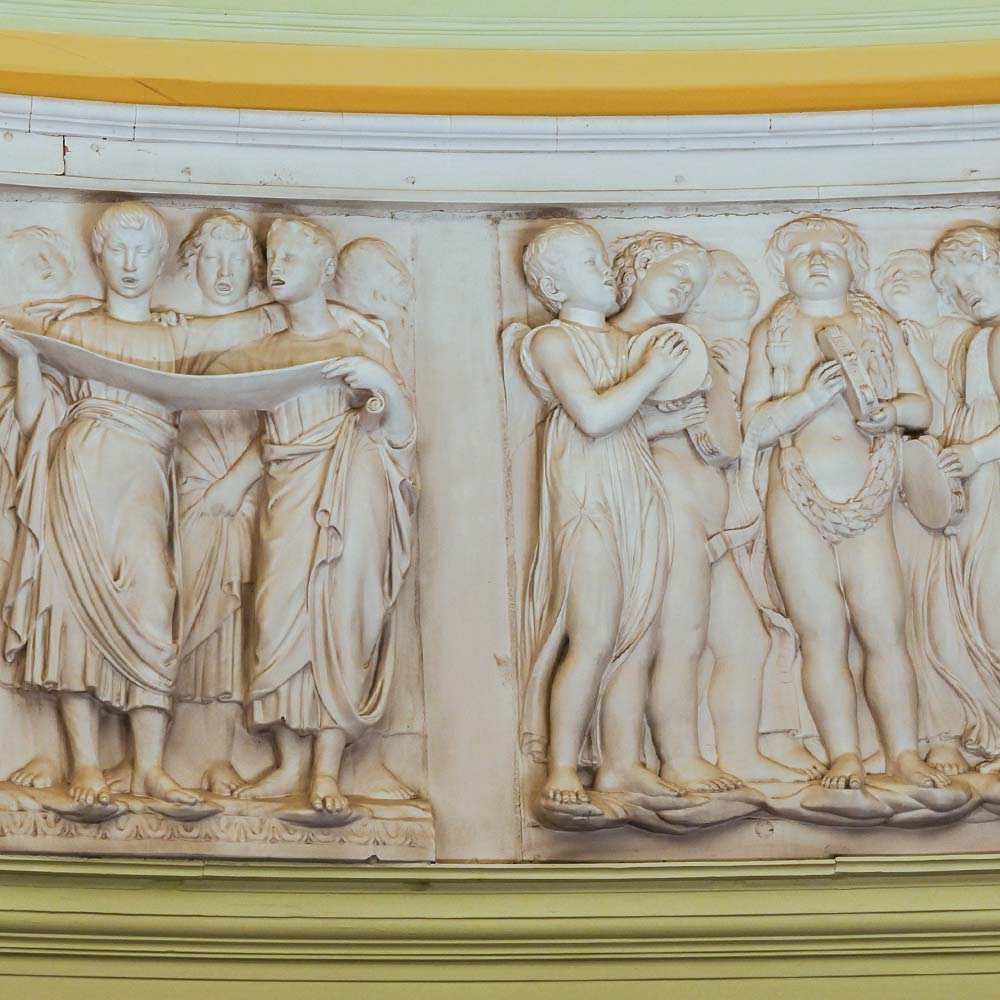
Art Friezes
Hidden in plain view in the Kellogg-Hubbard Library is an unusual treasure: reproductions of three separate friezes that have been here since 1953.
Our art friezes represent two landmark periods in European History—ancient Greece and the Italian Renaissance—that contributed to the artistic, institutional, and cultural traditions in contemporary Western society. The friezes are located in the Main Street Entrance, the stairwell to the children’s library, and on the second level in the KHL Fiction Room
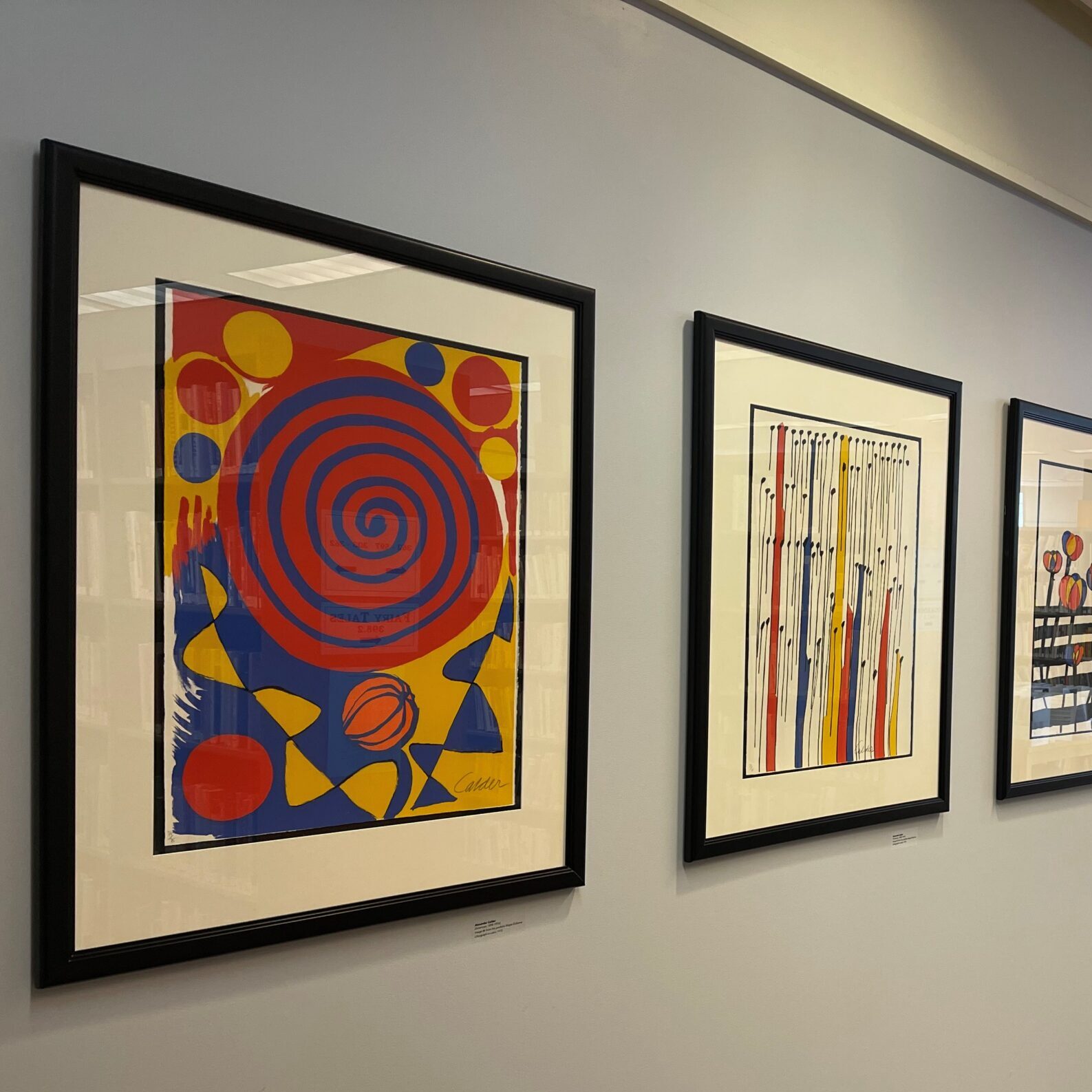
Calder Prints
Six numbered prints by Alexander Calder and three by Arthur Secunda are on permanent display in the nonfiction room.
These pieces are from an art collection bequeathed to the library in June 2018 by Montpelier resident Carol Cromwell.
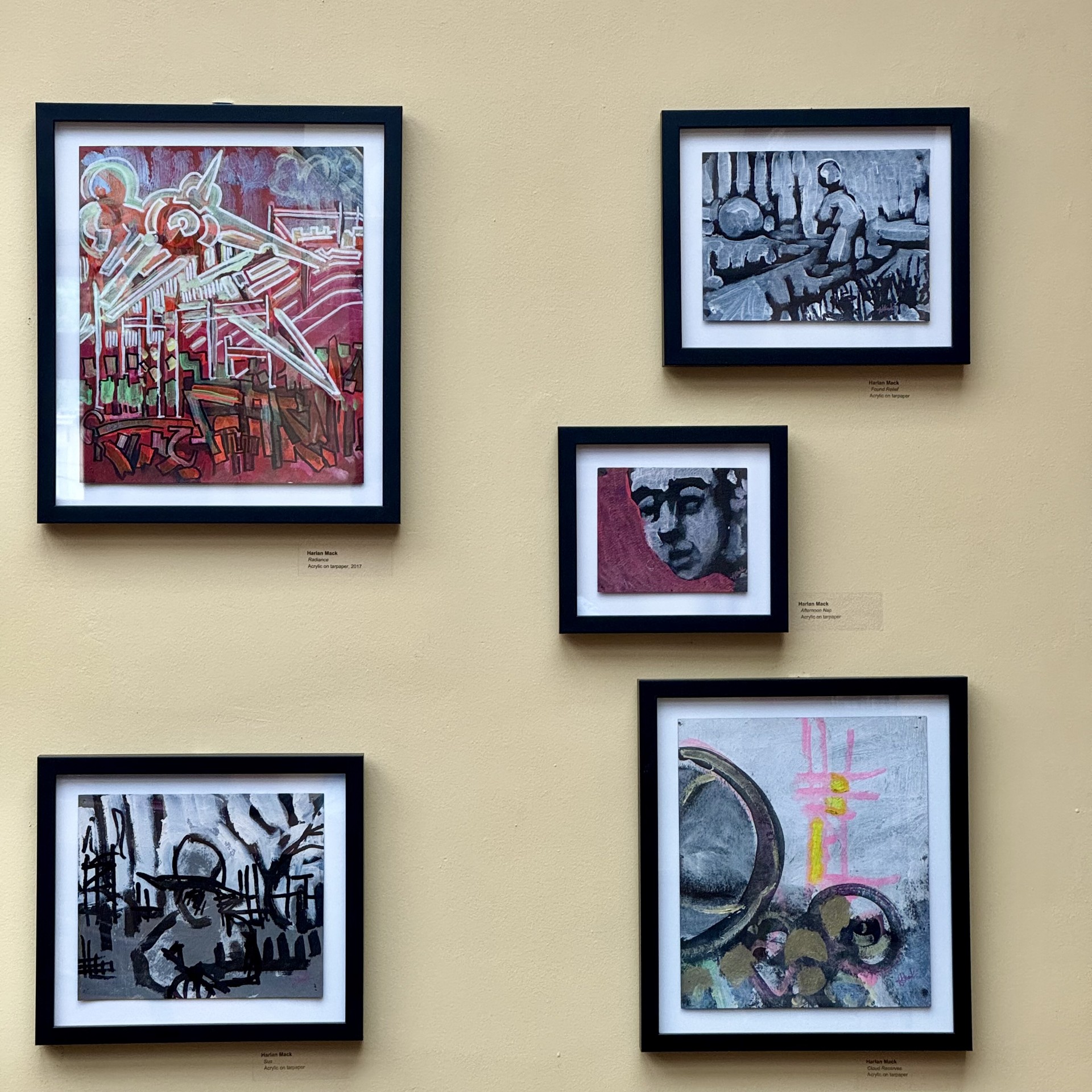
Permanent Collections
Among our other permanent collections you will find work by local artists Harlan Mack and Amy Hook-Therrien.
How to Display Your Work at the Library
- Read our Art Exhibit Expectations.
- Fill out a Contract.
- Wait to hear back from our Head Adult Librarian (for the Kitzmiller Room or display cabinet) or our Head Youth Librarian (for the Children’s Library) for scheduling and further details.
